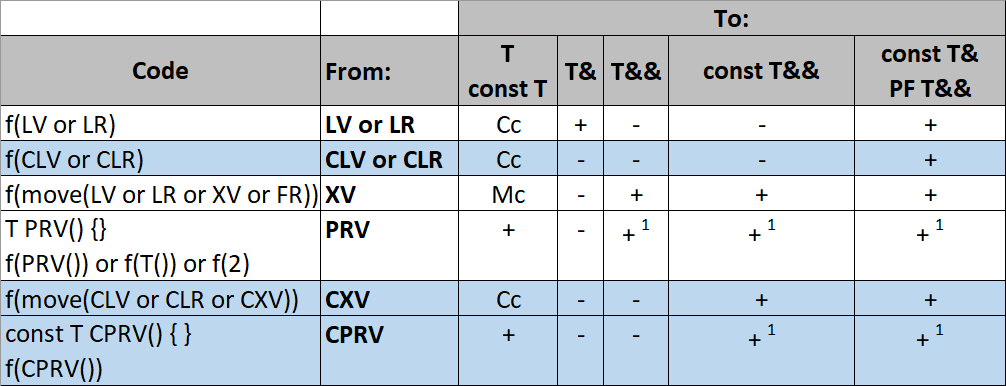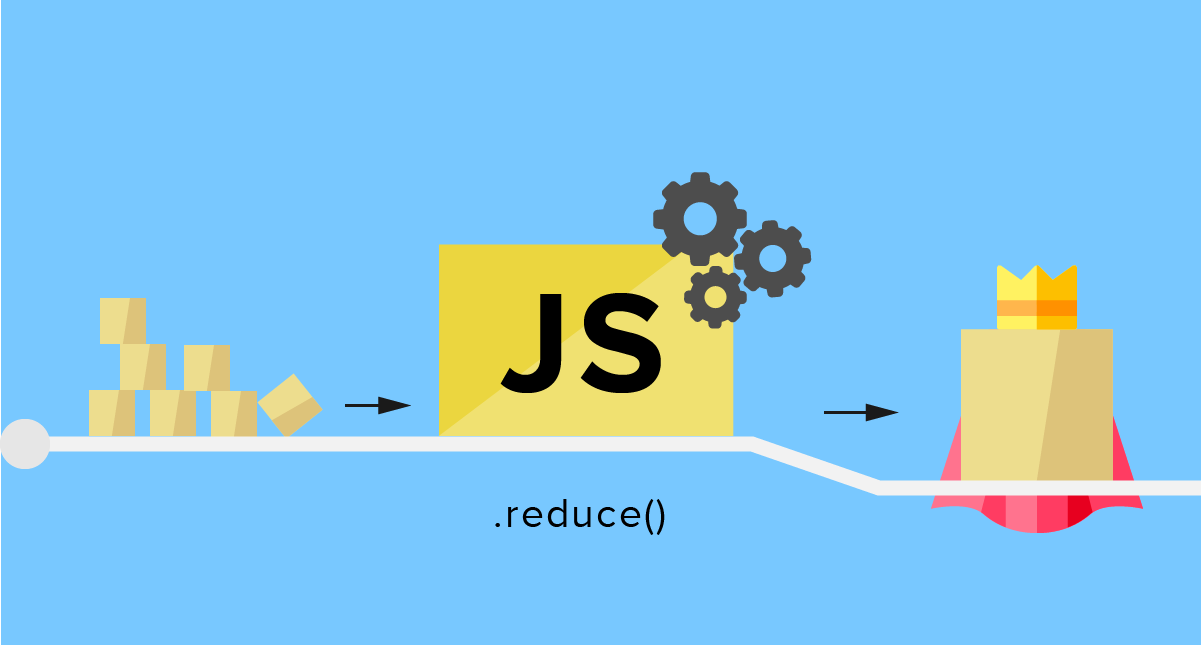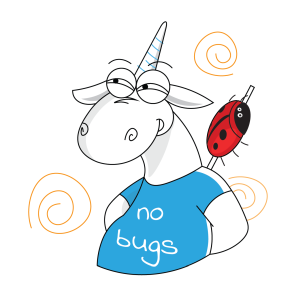Announcing .NET Core 3.1
You can download .NET Core 3.1, for Windows, macOS, and Linux:
ASP.NET Core and EF Core are also being released today.
Visual Studio 2019 16.4 was also released today and includes .NET Core 3.1. It is a required update to use .NET Core 3.1 with Visual Studio. For Visual Studio 2019 users, we recommend simply updating Visual Studio to 16.4 and instead of separately downloading .NET Core 3.1.
Visual Studio for Mac also supports and includes .NET Core 3.1, in the Visual Studio for Mac 8.4 Preview channel. You will need to opt into the Preview channel to use .NET Core 3.1.
Release notes:



















